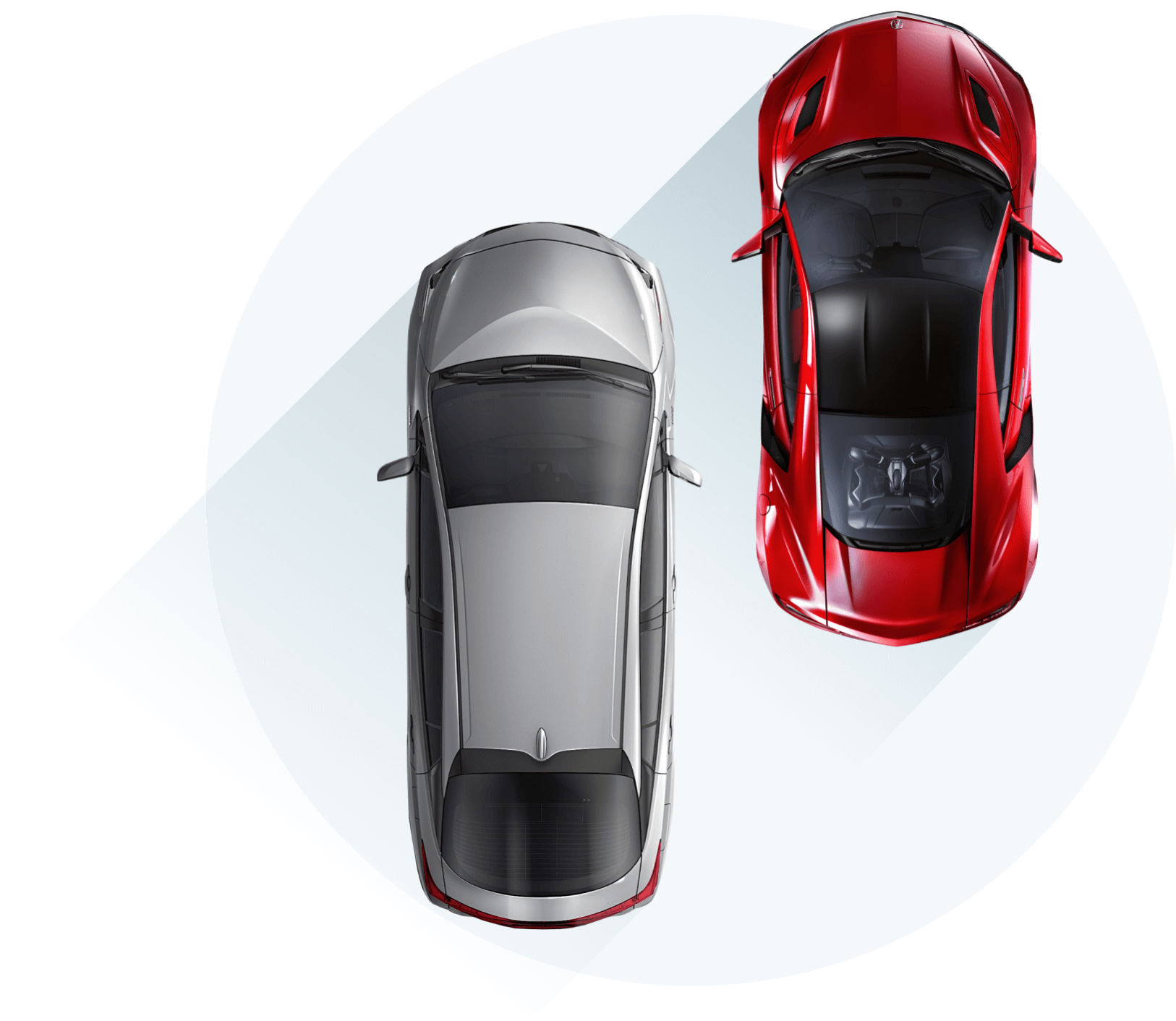Our roads are more
dangerous during
the winter holidays
Holidays periods have been shown to increase bad driving behaviors and fatal accidents. We took a closer look at our telematics data created for our partner Geozilla and its customers for more insights and any actionable conclusions that could help us to make our roads safer.

Increase in the
number of trips
A quick look reveals a not-so-surprising pattern in the number of trips. On the day of a holiday, be it Thanksgiving, Christmas or New Year’s Day, the number of trips is lower than average as most people spend their time with friends and family members. But this also means the days before the holiday there is a significant increase in the number of trips taken.
For example, on Christmas day we processed 1,358 trips while on 23rd December there were 2,122 trips (56% more). Comparing to an average day in December, this is significantly (~25%) higher. Similar but less pronounced differences occurred during other holiday periods as well.
Is it straight forward to assume that this would increase the number of accidents just by chance as there are a greater number of people on the road? Or is there more to the story?


Increase in the magnitude and frequency of extreme events
As we took a closer look at the data, there was a clear indication of increase in the number of extreme events. For example, during Christmas holidays, the number of trips in the lowest 10% of the bucket for aggressive driving has doubled. This means that the number of trips with a significant number of extreme harsh braking or acceleration events has doubled.
Also, the average top speed per trip during the holidays was 5-8% higher than an average day. This not only increases the chance of accidents for those trips exhibiting such bad behaviors but also puts other drivers in danger. Figure 1 compares the percentage of trips with bad scores due to aggressive driving.
The scores are in the range of 0 to 1 and are assigned in proportion to the number of harsh acceleration and braking events in a trip. A score of 0.2 or lower would mean that there were at least 15 harsh events or more in that trip.
Figure 1(A): Comparing % of trips with
the lowest (between 0.0 and 0.2) aggressive driving scores.

Figure 1(B): Comparing % of the trips with
lower (between 0.2 and 0.4) aggressive driving scores.

Increase in the magnitude and frequency of extreme events
Not just the extreme events but also the average stats for the typical factors indicating bad driving behavior got worse as well. For instance, the average speed per trip was ~10% higher during holidays than average days.
During Christmas holidays, the number of trips with phone handling increased by 5% while the number of trips where the user is speeding above the speed limits for half the trip distance increased by 10%. So, not just the extreme events but both segments of trips and number of trips with bad driving behaviors have increased on average as well.
Our legal scores indicate how well a user adheres to the speed limits during a trip and decreases proportional to the trip distance where the speed is above the speed limit. Figure 2 compares the mean and standard deviation of the legal scores for the trips during the holidays to an average week in December.
But more importantly, it's not just one aspect of risky driving that got worse. All three major factors i.e., speeding, phone handling and aggressive driving got worse during the holidays making our roads less safe for driving.
Geozilla’s family tracker can be used to discover the driving behavior of your family and focus on the specific areas of improvement for each individual, be it speeding, phone handling or texting and swiping, aggressive or anticipative driving to become a complete safe driver.By following the safe driving practices and being extra alert during the holiday trips, you would reduce the risk of accidents and make the roads safer for all.
Figure 2: Comparison of legal scores (related to speeding) across holidays.
The scores vary between 0 and 1. Perfect trips with no speeding get a score of 1. i.e., Higher the values indicate better driving behavior.

Where do I begin?
Want to know how to integrate your device with Geozilla? Read our open API documentation and drop us a line at info@geozilla.com.
Read the API Doc
